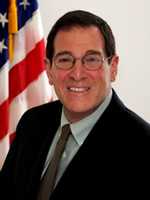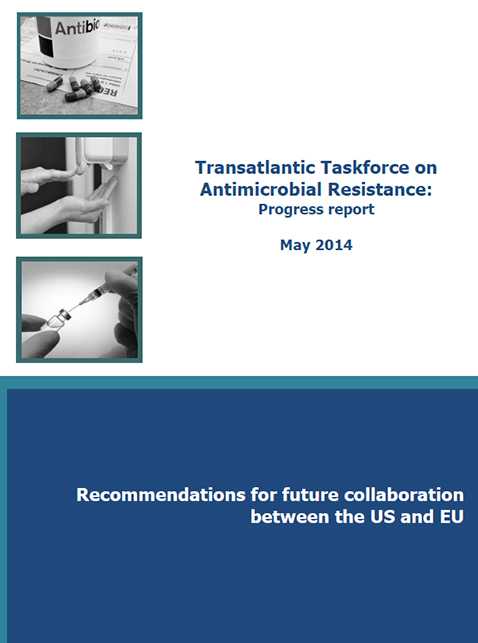Phase 3: Recent Successes
TATFAR Plans for Third Implementation Phase, Reviews Recent Successes
September 16, 2015

TATFAR Co-Chair,
Jimmy Kolker (US)

TATFAR Co-Chair,
John F. Ryan (EU)
Since its inception in 2009, TATFAR has been a successful collaboration of 18 members, representing European Union (EU) and United States (US) government agencies, working together to foster communication and collaboration on the topic of antimicrobial resistance (AMR). Demonstrating effective multi-government collaboration, TATFAR’s experts have forged relationships to provide technical guidance on preventing drug-resistant infections, appropriate antibiotic use in humans and animals, and strategies to improve drug development.
The Taskforce recognizes that AMR, with several contributing causes, is growing as a global public health threat. For this reason, TATFAR members collaborate on work that will have practical implications in laboratories, healthcare settings, and homes across the EU and US.
TATFAR communication and collaboration take many forms. Outcomes include: standardizing evaluation measures (e.g., developing core and supplemental indicators for hospital stewardship programs); generating new strategies to improve drug development (e.g., developing approaches to clinical trials that satisfy both EU and US requirements), or simply discussing new research (e.g., to better understand antibiotic use in animals and its impact on resistance in humans).
Most recently, the group:
- Finalized a set of common structure and process indicators for hospital antimicrobial stewardship efforts, fulfilling the Taskforce’s Recommendation #1 (See the Actions and Recommendations page) and creating a universal roadmap for developing comparable stewardship programs and data. The indicators and an executive summary of the accompanying report are located on this TATFAR website. The full report is available upon request to TATFAR@cdc.gov.
- In partnership with several public health organizations, increased public awareness of proper antibiotic use through the second annual 24-hour Twitter chat (Recommendation 6) to mark Antibiotic Awareness Day, November 18, 2016. The Taskforce is gearing up for the next awareness day this coming November. Follow #AntibioticDay in the fall to contribute to the conversation.
- Released its 2014 Progress Report, assessing implementation of all Taskforce recommendations since 2011, identifying road blocks, and highlighting new areas for collaboration.
- Successfully completed two implementation phases, with plans to begin another five-year implementation period in October 2015.
- Extended invitations to Canada and Norway to join the Taskforce. Both are strong partners with robust AMR programs and ongoing collaborations with both the EU and the US, making each a tremendous asset to the continued success of the group.
This is an important time for TATFAR. With high-level and widespread focus on AMR as a global health priority—as seen in the Global Health Security Agenda, WHO Global Action Plan on Antimicrobial Resistance, and G7 summit—TATFAR strives to ensure that its work complements these efforts. While TATFAR has already accomplished its initial aims, we must plan strategically for the next phase of the Taskforce in order to maximize synergy with these other initiatives. TATFAR will meet in person in Luxembourg this October to set priorities for this next phase.
As the Co-Chairs of TATFAR, we look forward to continuing this important transatlantic collaboration to aid the global fight against the growing threat of antimicrobial resistance.
- Page last reviewed: July 25, 2017
- Page last updated: July 25, 2017
- Content source:


 ShareCompartir
ShareCompartir
